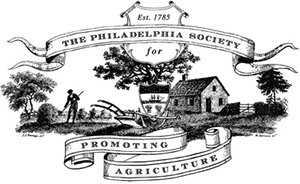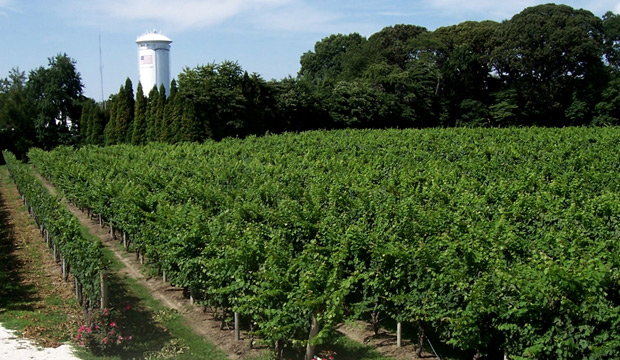Thanks for member Duncan Allison for these notes each month.
I am making no excuse for once more focusing on the link between farming and food. Obvious but increasingly critical as the general public is more aware of the source, safety and health value of the food we chose to eat.
Our food has indeed become an increasingly contentious area as scientists discuss the most healthy diet and we are helped to realize the close connection between our overall health and what we eat. Farmers are doing their best to provide safe, healthy and inexpensive food in spite of only getting 11.6 cents or 12% of every dollar spent on food in the US. (USDA) How they be able to respond to this new concern?
Recent emphasis has been on eating more vegetables and fruit but livestock products have been the reason for significant press coverage regarding the “driving market interest in meat alternatives.”
U.S. beef consumption peaked in 1970 and has remained very steady ever since. Pork has increased somewhat and there has been a 5X increase in chicken consumption. Price must have paid a role in these changes but “beef is the most consequentially and environmentally consequential food we eat.” This has been driving recent market interest and perceived consumer demand for alternatives and the search for meat substitutes that are more healthy and put less pressure on the environment.
Tysons Foods (biggest exporters of American beef), Cargill, Maple Leaf Foods, Perdue and Impossible Foods Beyond Meat with their plant- based or lab-grown meat substitutes are some of the major companies developing meat alternatives. In five years these non-meat products will be “in every fridge” according to one article. Cultures are usually made with soy, peas, chickpeas and wheat gluten, wheat protein, potato protein and coconut oil. How will beef producers be able to maintain sales? Taste, texture, cost?
The World Resources Institute points out that meat demand will continue to grow in the developing world even if higher–income countries eat less beef so there should be the opportunity for increasing U.S. beef, chicken and pork exports. Exports are already critical for agriculture so building on the export emphasis that has characterized US ag marketing will be critical. However beef is only second to lamb in resource-intensiveness, particularly with regard to use of pasture (not cropland). We will need to watch carefully how health concerns, resource use and availability, climate change and global trade problems affect our agriculture.
Nematodes are the most numerous multicellular organisms on earth. Pick up a handful of soil and there will be thousands of nematodes on your hand but you will not be able to see them. While most are harmless some species feed on the roots and a few even on the leaves. Their size, 1/50 inch, means that they cannot be seen but as their populations have increased crop losses could be serious. They are often specific to certain crops so build up in short rotations.Soil samples have to be sent away and studied to detect the species and population. Crop rotation avoids buildup but this may not be sufficient to avoid crop loss so that either a resistant variety (if available) or a nematicide may have to be applied to the soil. In recent years as farmers have been able to understand their importance, a small but growing market has developed. Estimated at $1.2 billion in 2017 sales are expected to increase to $1.46 billion by 2023 – CAGR of 3.42%. This is a classic example of the need for farmers today to understand all the factors which influence final crop yield and the vital need to monitor soil health by taking samples for analysis not just for NPK and other ….but also nematodes.
Wine production has become much more widespread. A recent survey found that Pennsylvania has become the 5th largest wine producer in the country with over 200 wineries – “No matter where you are in Pennsylvania, you’re less than one hour’s drive from at least one winery.” New Jersey has 50. However when it comes to wine consumption Delaware drinks 14.9 liters/year, New Jersey 13.5 and Pennsylvania only 5.6 liters. Perhaps no surprise that the District of Columbia had the highest consumption 25.7 followed by New Hampshire with 19.6. Clearly California with its 3,674 wineries (47% of all wineries in the US) is dominant.
Our local wineries are geared to growing grape varieties that flourish in our local terroir as producers have been exploring different varieties and combinations of varieties that provide unique tasting wines. Cost tends to be relatively high so the tasting experience at the winery or ease of purchase on the internet is critical for small producers. Direct sales increased by 12% in 2018 to $3 billion. Wines sales through restaurants, bars etc. are also valuable outlets for local wines.
California and overseas wines but most who can we trust? Glyphosate – what is the scientific truth? This most widely used pesticide has been a boon to farmers and land managers around the world for 40+ years. It has been extensively and intensively tested for any adverse health and environmental concerns and found to be safe. Research has even shown first in 2013 and then in 2015 that both glyphosate itself and its degradation product, AMPA, actually inhibited cancer cells and left healthy cells unharmed, prolonging the survival of mice. .

